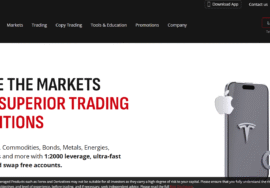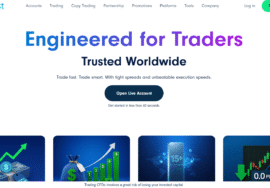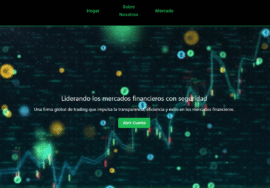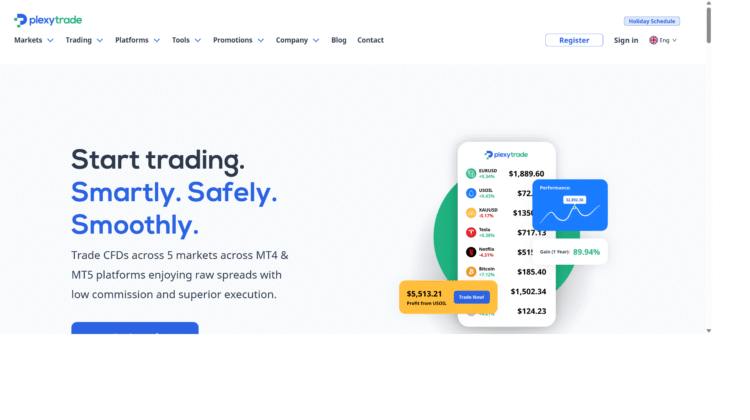
8 Devastating Red Flags Proving You Should Avoid PlexyTrade
8 Devastating Red Flags Proving You Should Avoid PlexyTrade
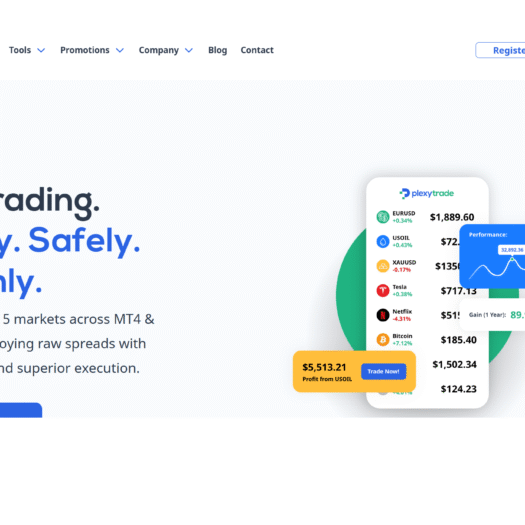
Introduction
Polished websites, MT4/MT5 logos, and talk of “raw spreads” can make an offshore broker feel legitimate. But with PlexyTrade, credible sources point the other way. The UK Financial Conduct Authority (FCA) has now added PlexyTrade to its Warning List as not authorised to offer or promote financial services in the UK. Independent broker-watchers also tag it SCAM and call out jurisdiction games (St. Lucia, Montenegro) where retail FX/CFD oversight is weak or non-existent. Below are eight devastating red flags that together make a clear case to steer clear.
1) FCA Warning: On a Regulatory Blacklist
On August 27, 2025, the FCA published a warning page for PlexyTrade, stating it is not authorised or registered and may be targeting UK consumers. That means no Ombudsman help and no FSCS cover if something goes wrong. Appearance or slick UX can’t replace licensure; the regulator’s advice is to avoid dealing with such firms.
2) Offshore Shell Game: St. Lucia & No FX License
BrokersView’s analysis is blunt: “Plexytrade appears to be a scam.” The broker claims St. Lucia registration, yet forex trading isn’t licensed there, and a purported Montenegro connection can’t be verified with the local authority. In short: no real brokerage license you can rely on—just geographical smoke .
3) Domain Split & Clone-Brand Confusion
There are two active brands—plexytrade.com and plexytrade.net—and Trustpilot now shows a “regulatory attention” flag on the .net profile. Multiple look-alike domains are a classic clone-brand confusion tactic used to dodge scrutiny and keep funnels open when one domain gets flagged.
4) Marketing Hype vs. License Reality
PlexyTrade’s site trumpets “Trade CFDs across 5 markets… MT4 & MT5… raw spreads”, yet offers no link to any regulator register where you can confirm firm name, license number, or supervisory status. Real brokers make license verification one click away; PlexyTrade does not.
5) High-Leverage Bait (up to 1:2000) in a Lax Setup
Third-party listings tout 1:2000 leverage—exactly the high-leverage bait that offshore outfits use to lure deposits, magnifying losses while providing no safety net. In top-tier jurisdictions, such leverage is restricted for retail clients for good reason.
6) Watchdog Consensus: SCAM / “Avoid at All Costs”
Beyond the FCA, multiple outlets frame PlexyTrade as unregulated with deceptive practices and urge traders to stay away. BrokersView labels operating status “SCAM,” and an in-depth caution article concludes “avoid PlexyTrade at all costs.” That cross-site consensus is rare—and telling.
7) Reviews You Can’t Trust (and the Red Flags Inside Them)
Public reviews are polarized: some glowing, some scathing. But look closely—Trustpilot on .net shows 100% 1-star among posted entries and a regulatory attention banner, and elsewhere you’ll see the familiar “someone helped me get money back” trope that often appears in scam-broker ecosystems. Treat this pattern as a payout choke point signal, not social proof.
8) Community & Forum Warnings Echo the Risks
Community posts and broker-watch Q&As highlight price manipulation accusations, withdrawal friction, and ties to offshore red-list players. Even if individual posts aren’t official, the pattern squares with what regulators and watchdogs have already flagged: no credible license + aggressive leverage + withdrawal issues = high risk.
✅ Extended Conclusion : Why Steering Clear of PlexyTrade Is the Smart Move
Bottom line: When a national regulator as reputable as the FCA says a firm is not authorised, that’s not a soft advisory—it’s a hard stop. Combine that with BrokersView’s SCAM status, offshore jurisdiction gymnastics, domain splitting (.com / .net), and the high-leverage bait, and PlexyTrade looks like a textbook avoid.
Here’s how the pattern typically plays out:
- Fast deposits, slow exits. Funding is instant. The trouble starts when you request a withdrawal—additional “verifications,” surprise fees, or long “reviews” begin. Each delay quietly eats the time window for chargebacks or bank disputes. That’s the payout choke point in practice.
- Legitimacy theater. Logos for MT4/MT5, “raw spreads,” and “global access” are slapped on every page, but no regulator link exists to confirm authorization. If you can’t click through to a regulator page showing the exact firm name and domain, assume no enforceable oversight.
- Clone-brand confusion. Running both plexytrade.com and plexytrade.net lets operators pivot marketing pipelines while one domain accrues bad press. The Trustpilot regulatory attention label is a loud warning that scrutiny is already underway.
- Offshore shell game. Citing St. Lucia or Montenegro without verifiable licenses is a hallmark of unregulated brokers. BrokersView’s due-diligence note—that St. Lucia doesn’t license retail FX and no matching entry exists in Montenegro—is especially damning.
If you’ve already interacted with PlexyTrade
- Stop new deposits immediately. Don’t send “unlock” or “tax” fees to release your own funds.
- Attempt a small withdrawal now and document the response (or non-response).
- Preserve evidence (account screenshots, order history, balances, emails/chats, T&Cs, payment receipts/TXIDs). This is crucial for disputes or reports.
- Contact your bank/card provider quickly about dispute options; deadlines are strict. If you used crypto, consult reputable tracing professionals and avoid unsolicited “recovery” pitches.
- Report the case to your national regulator. If you’re in the UK, attach the FCA warning to your report.
If you’re still deciding
Choose a broker whose license you can verify in two clicks on a top-tier regulator’s website (FCA, ASIC, NFA/CFTC, IIROC, CySEC, MAS, etc.). PlexyTrade offers marketing instead of verification. When you see regulatory blacklist entries, offshore hedging, and domain splitting, the rational choice is to walk away
Final word: You deserve provable safety—not hype, not theater. Until PlexyTrade can present a public, regulator-verified authorization (matching firm name, number, and domain) and a long, clean record of successful withdrawals, it sits squarely in the do-not-engage bucket. Protect your capital and peace of mind: demand proof, not promises.


